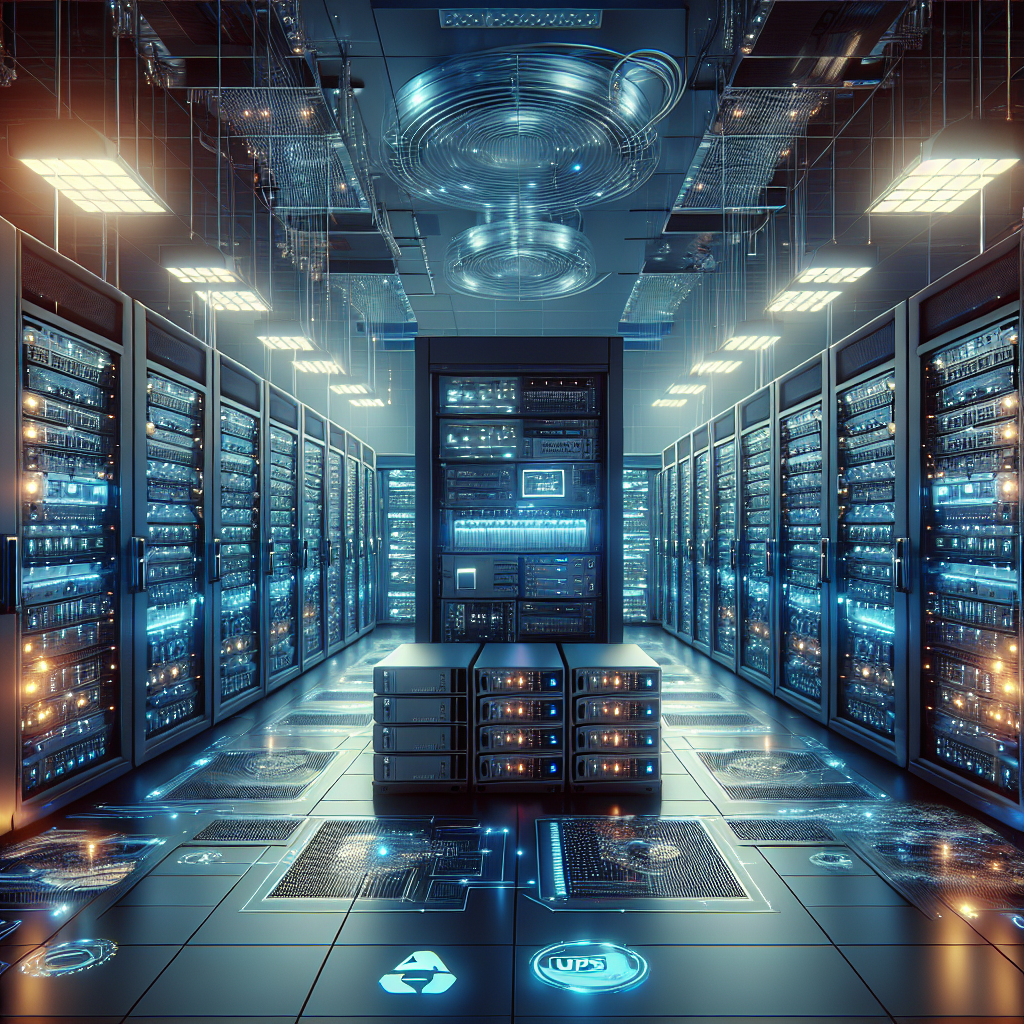Your cart is currently empty!
Building a Robust Data Center: Strategies for Ensuring Resilience and Reliability

In today’s digital age, data centers are the backbone of every organization’s IT infrastructure. They store and manage vast amounts of data critical to business operations, making them essential for maintaining business continuity. As such, ensuring the resilience and reliability of these data centers is crucial to prevent costly downtime and data loss.
Building a robust data center requires a strategic approach that encompasses various aspects of design, infrastructure, and operational practices. By implementing the following strategies, organizations can enhance the resilience and reliability of their data center infrastructure:
1. Redundant Power and Cooling Systems: Power outages and cooling failures are common causes of data center downtime. To mitigate these risks, data centers should have redundant power and cooling systems in place. This includes backup generators, uninterruptible power supply (UPS) units, and redundant cooling systems to ensure continuous uptime even in the event of a power outage or cooling failure.
2. Data Center Location and Physical Security: The location of a data center plays a critical role in its resilience and reliability. Data centers should be situated in secure locations with minimal exposure to natural disasters such as floods, earthquakes, and hurricanes. Additionally, physical security measures such as access controls, surveillance cameras, and security guards should be in place to prevent unauthorized access and protect the data center from physical threats.
3. Network Redundancy and Connectivity: A robust data center should have multiple network connections and redundant connectivity to ensure continuous access to data and applications. This includes diverse internet service providers (ISPs), redundant network switches, and failover mechanisms to switch traffic to alternate connections in case of a network outage.
4. Regular Maintenance and Monitoring: Regular maintenance and monitoring are essential to the reliability of a data center. This includes conducting routine inspections of hardware, software, and infrastructure components, as well as monitoring performance metrics and alerts to identify potential issues before they escalate into major problems.
5. Disaster Recovery and Business Continuity Planning: In the event of a catastrophic event such as a natural disaster or cyberattack, having a comprehensive disaster recovery and business continuity plan is crucial. This includes regular backups of data, offsite storage of critical data, and a well-defined plan for restoring operations in the event of a disaster.
By implementing these strategies, organizations can build a robust data center that ensures resilience and reliability, minimizing the risk of downtime and data loss. Investing in the right infrastructure, operational practices, and disaster recovery planning can help organizations maintain business continuity and protect their critical data assets.

Leave a Reply